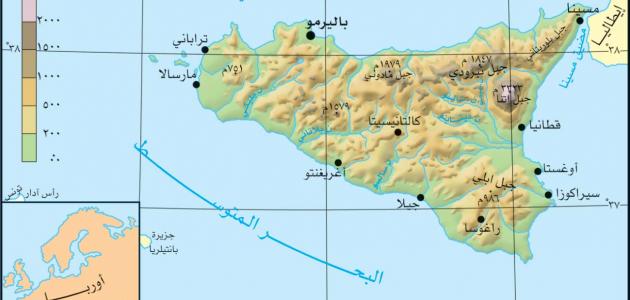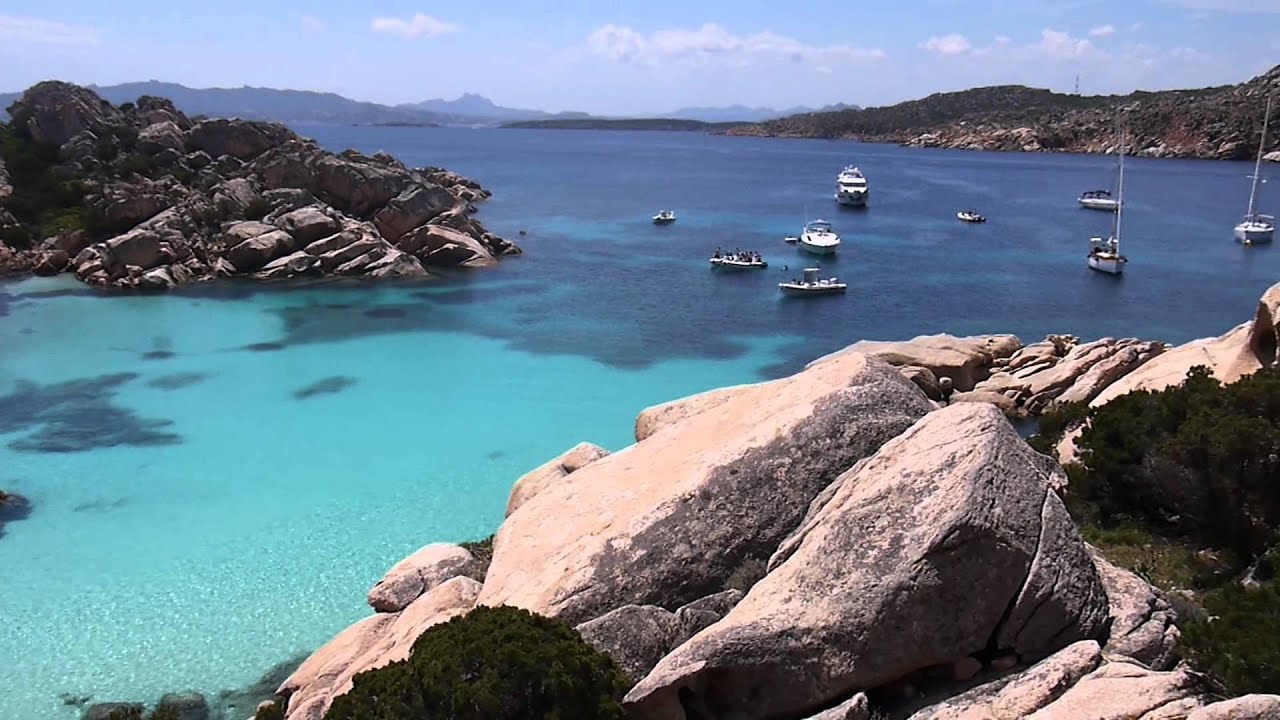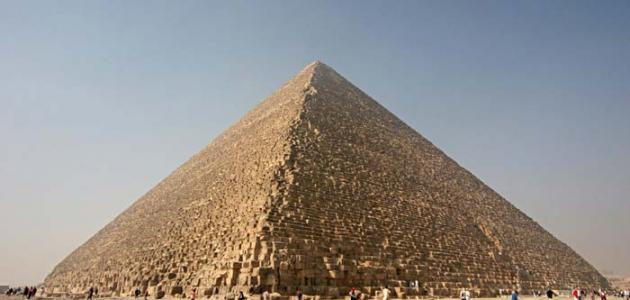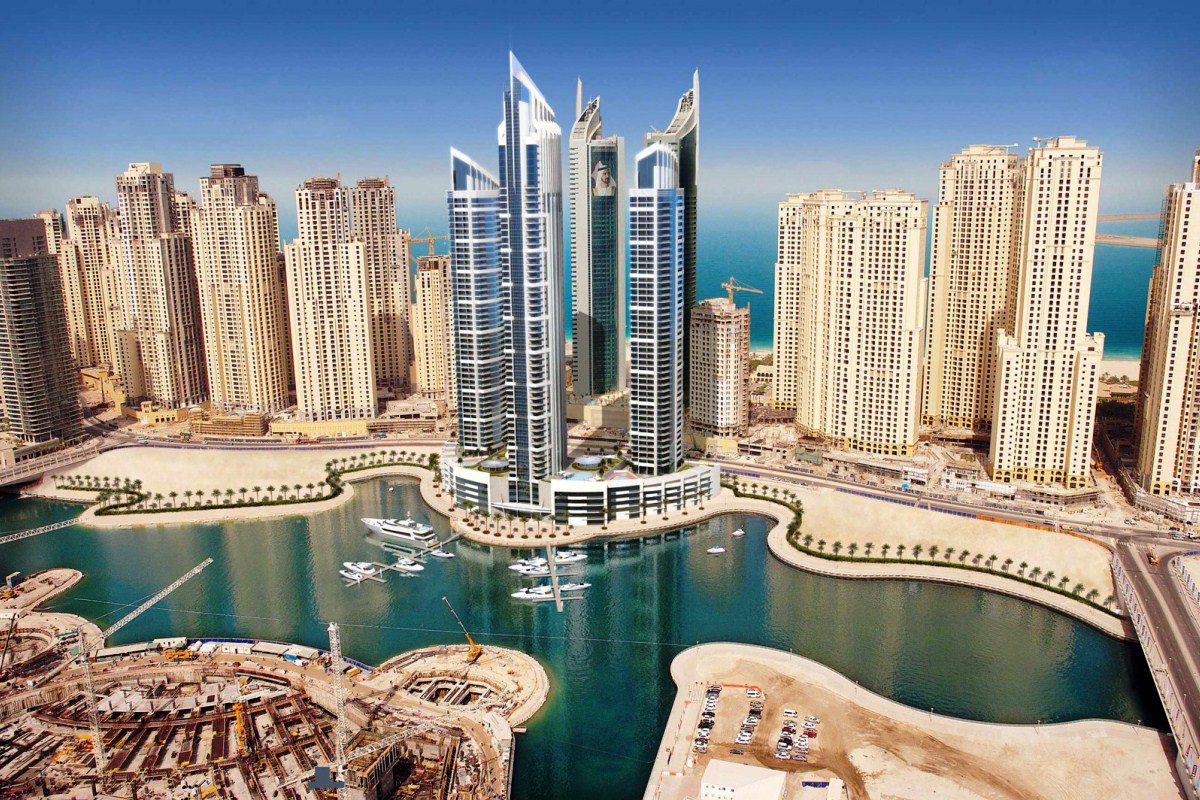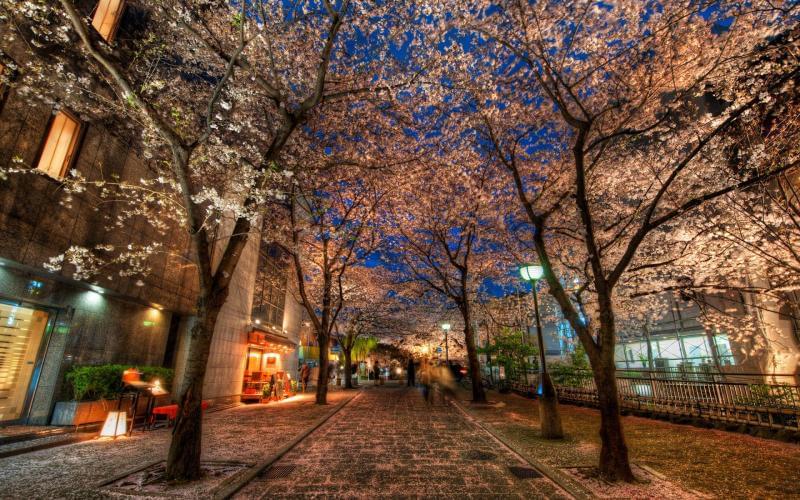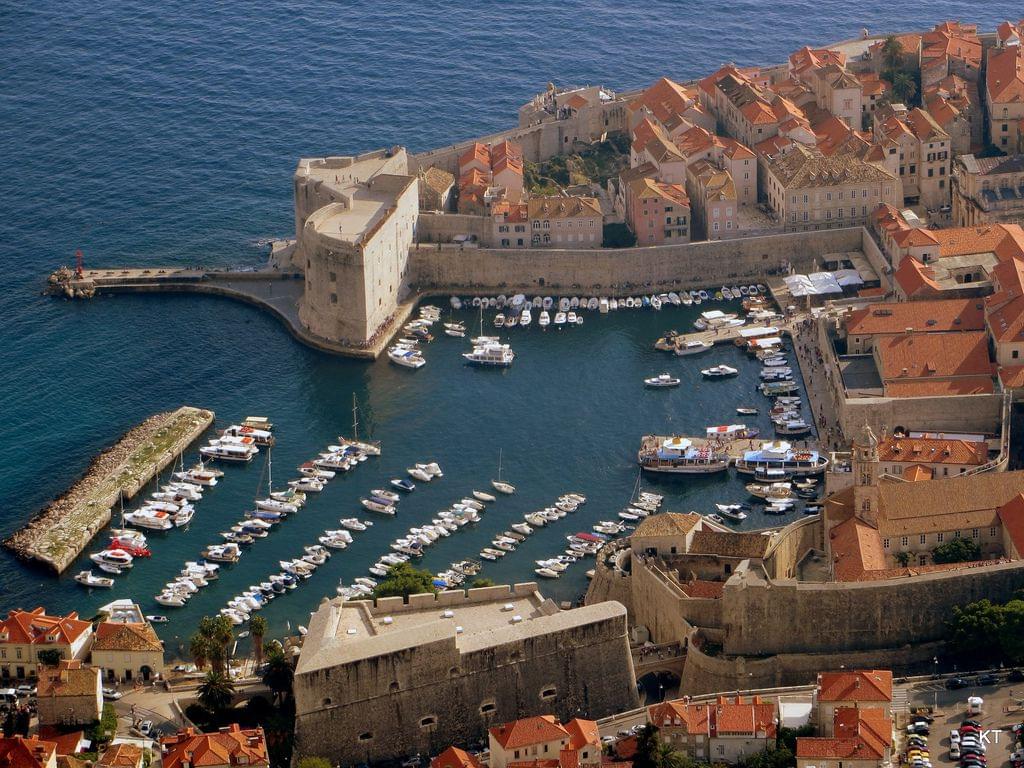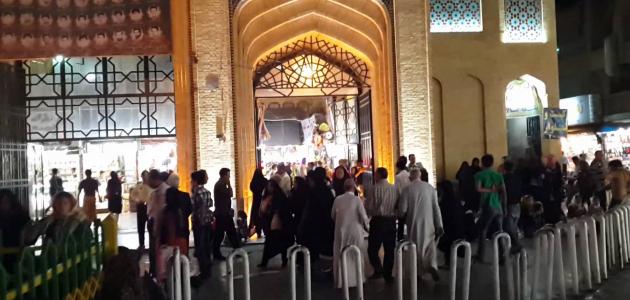The two holy mosques have a great impact on the same of every Muslim and Muslim woman, as they are the cleanest and holiest places on earth, and the great status that the two holy mosques enjoy is their history full of glories and Islamic events that had a clear and ancient imprint on the forehead of Islamic history, and the Kingdom of Saudi Arabia has cared In the architecture of the Two Holy Mosques, and that from several years until the present time, the government and the people of the Kingdom are still making all their great efforts to provide reassurance, safety and comfort to the pilgrims of God’s Sacred House, in order to ensure the full performance of the Hajj rituals, as the state t Harness what is in its apparatus and efforts for this matter and here is more information for Arab travelers.
Table of Contents
the Two Holy Mosques :
The two are the Grand Mosque and is considered the greatest mosque for Muslims and in Islamic history, it is located in the center of Mecca and is considered the kiss of Muslims, and it is the first house built on the surface of the earth, and the Grand Mosque or the Kaaba has the greatest and holiest characteristic of the bottom of the earth for Muslims, and its great importance lies in being the kiss Which Muslims go to during prayer, which is their destination during the Hajj season, and it was called the Sacred House because fighting inside it is forbidden since the Messenger returned to him victorious.
The Prophet’s Mosque has more than one name, such as the Prophet’s Mosque and the Prophet’s Mosque, and it is included among the largest mosques in the world, and it is where his sanctity is among Muslims. It comes second, and the Noble Mosque was built in the first year of migration after the Quba Mosque, and throughout history this mosque has witnessed a lot of Expansions starting from the era of the Rightly-Guided Caliphs, through the Umayyads, then the Abbasids, then the Ottomans, and finally the era of the modern Saudi state, as it underwent the largest expansion in history, and that was from 1994.
Stages of expansion of the Two Holy Mosques:
- The first expansion of the Grand Mosque was witnessed during the reign of Caliph Umar ibn Al-Khattab, after he ordered the expansion of the sanctuary to about 560 m 2 and that was in the 17th year after the Haram was demolished after being exposed to Torrent Torrent, and during the reign of Caliph Uthman bin Affan in the year 26 AH issued orders to expand the mosque search area of 4390 m 2 During this expansion, some of the houses near the campus that surround it were demolished and roofed porticos and marble columns were erected.
- After them, the period of the Umayyad caliphate came and a great fire occurred in the Haram of Mecca. After Yazid bin Muawiya entered his army and besieged Makkah during the period of the conflict that took place between him and Abdullah bin Al-Zubair, and in the year 60 AH, Al-Zubair expanded the place, and then it was expanded in 91 AH during the reign of Al-Walid Bin Abdul-Malik, and expansions rolled on the Grand Mosque in Mecca.
- Then came the era of the Abbasids and an expansion of the sanctuary was made during the reign of Abu Jaafar al-Mansur in the period between 137-140 geth. A lighthouse was set up in the northwestern area, and then he issued orders to cover the stone of Ismail in marble, and the expansion that followed came during the era of the Mu’tadid God. Between 281-284 where some expansions and modifications were made, Dar Al-Nadour was destroyed, 6 doors were erected for the mosque and the roof was covered with teak wood, and it came after Muqtadir Allah in 306 and increased the area of the sanctuary as he added the area of Darin, and also established the door of Ibrahim.
The expansion of the Grand Mosque in the era of the modern Saudi state:
- The Grand Mosque or the Grand Mosque of Mecca witnessed many expansions starting from the era of King Abdulaziz, who ordered the formation of a specialized department and called it the Department of the Sanctuary, this administration was working on managing the affairs of the Grand Mosque in terms of service and follow-up maintenance, and that was in the year 1344, and then two years later Restoration of the corridors of the House of God, then painting its walls and columns, and repairing the Zamzam Dome and the pavement by paving the place between Al Safa and Marwah with stone, and installing umbrellas in order to protect the worshipers from the high heat of the sun.
- Then, in 1347, lighting fixtures were renewed and their number increased to nearly one thousand lamps, and after several years in particular in 1373 the Grand Mosque was completely illuminated and electric fans were placed in it, and it was called the first expansion, where the area of the Great Mosque of Mecca after the first expansion became nearly 300 thousand of the worshipers, in normal cases, while in cases of crowding it may accommodate more than 400 thousand of the worshipers.
- While in the second expansion witnessed by the Grand Mosque, work continued in it renewed from 1375 until 1396, and this expansion witnessed four phases.
- The expansion of the Grand Mosque did not stop there, but rather extended to the era of the kingdom’s leaders who were more keen to provide everything they could for the convenience and service of pilgrims. For example, during the reign of King Fahd in 1988, the foundation stone was laid for the largest expansion at the time in the Great Mosque of Mecca, where a portion was added New to the campus from the western side, and the upper surface of the campus was utilized, at which time the area of the sanctuary reached 61 thousand m 2, and its capacity reached more than a million and a half million worshipers, and two new minarets were built so that the number of minarets at the time would be 9, each minaret with a height of 89 meters.
- With the increase in the numbers of pilgrims and visitors to the House of God, the King Abdullah bin Abdulaziz issued orders to start a new expansion project for the Grand Mosque, and to develop the campus, how many aspects, whether technical, urban, or security, and given the magnitude of this project and its multiple dimensions, it was divided into three phases, and the first stage was Its goal is to expand the campus building so that it has a capacity of 2 million worshipers, while the second expansion covered the outer courtyards of the campus and included corridors, toilets, tunnels and some other facilities to facilitate entry and exit for worshipers and visitors to the Sacred Mosque, while the third included the development of the service area and included S electricity, water and air-conditioning system stations inside the campus.
- Finally, during the reign of King Salman, five new expansion projects were launched in the Great Mosque of Makkah, within the third expansion and include the increase in the area of the sanctuary to 1.470,000 m 2, and the project includes a number of automatic gates that are managed from private rooms for remote control, and also includes these The expansion is a number of advanced systems, as the number of headphones is 4,524, the number of cameras is 6,635, as well as the fire alarm system, as well as the central dust extraction system and cleaning systems, and increasing the capacity of the fire plate.
The expansion of the Prophet’s Mosque:
- The area of the Prophet’s Mosque was located at the beginning of its construction, 1.050 m 2, and in the seventh year of migration, its first expansion took place as it reached 2.475, and in the 17th year in the era of Omar Ibn Al-Khattab he made the second expansion where the area of the Prophet’s Mosque reached 3575 m 2, and after him came Othman bin Affan, and then After that, other expansions came during the Umayyad rule, when the prophetic rooms were added to the mosque after Al-Walid bin Abdul Malik ordered this, and during the reign of Umar bin Abdul Aziz, minarets and hollow mihrabs were created.
- After that, expansions continued during the rule of the Abbasids, then the Mamluks, then the Ottomans, and finally the Saudi state, and during that period a fire erupted in the mosque twice, the first time was in the year 654 AH during the era of the Caliph Al-Mustasim Billah at the end of the Abbasid rule, and the extensions expanded for a period of time and reached the beginning of the apparent restriction of the apparent Mamluk ruler Whereas, the second fire was in the year 888 AH during the reign of the Ottomans during the reign of Qaytbay.
Expansions made in the Prophet’s Mosque during the reign of the Saudi state:
The Prophet’s Mosque expanded after the Saudi state, where it was in two periods, the first period which took place during the rule of King Abdul Aziz Al Saud 1372-1375 AH, where its material costs amounted to about 50 million Saudi riyals, while the second expansions took place in 1406 until 1414 AH, during the period of rule King Fahd bin Abdul Aziz, and this expansion is the largest in history, as the area of the Prophet’s Mosque at that time amounted to about 98.327 square meters.
Now, the Kingdom is working on the third expansion of the Prophet’s Mosque, in order to increase the capacity of worshipers to reach 1.6 million worshipers, and to provide all means of comfort and safety for the pilgrims of the House of God.
:
1

